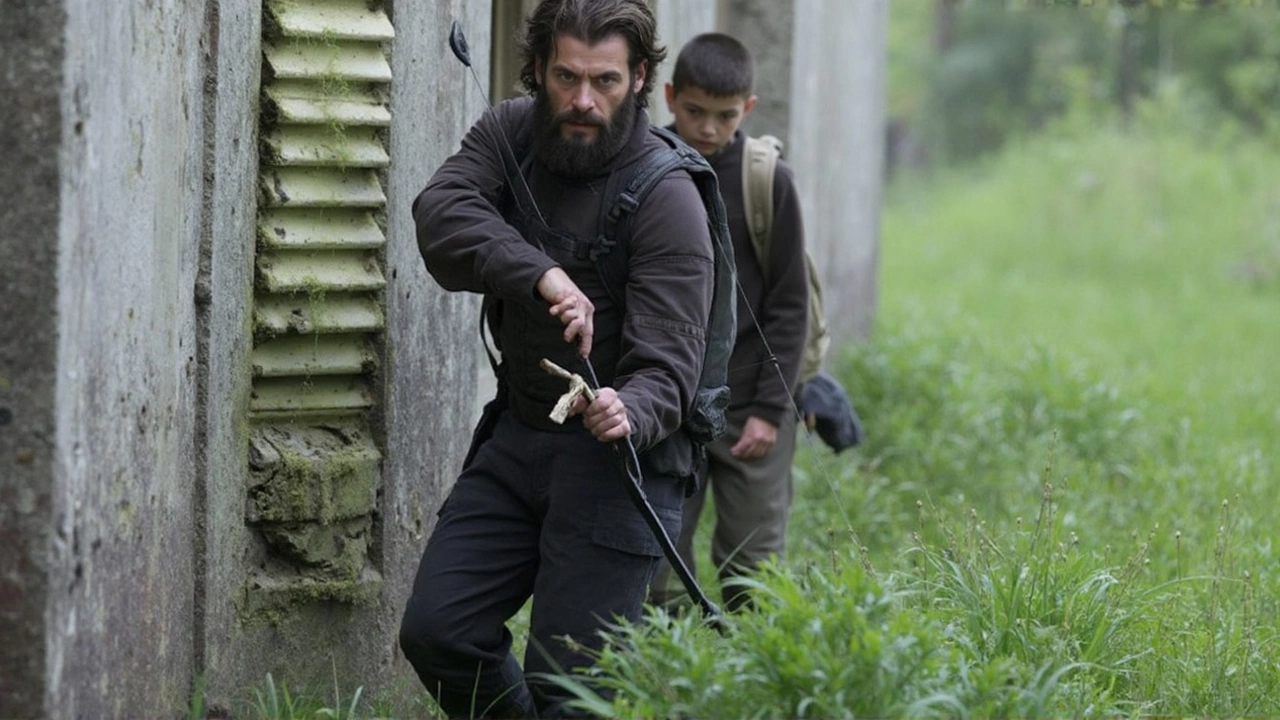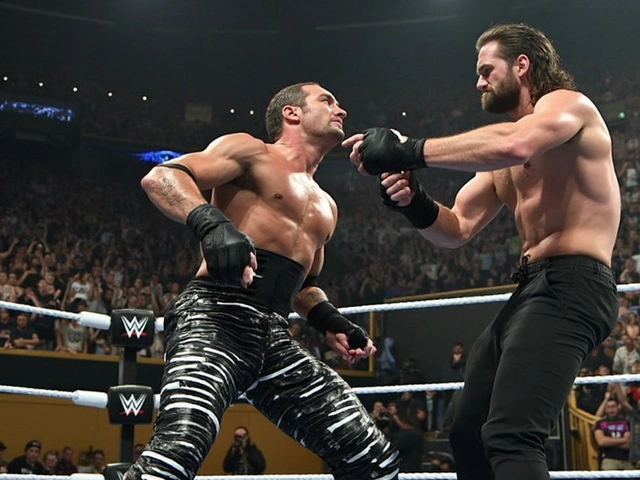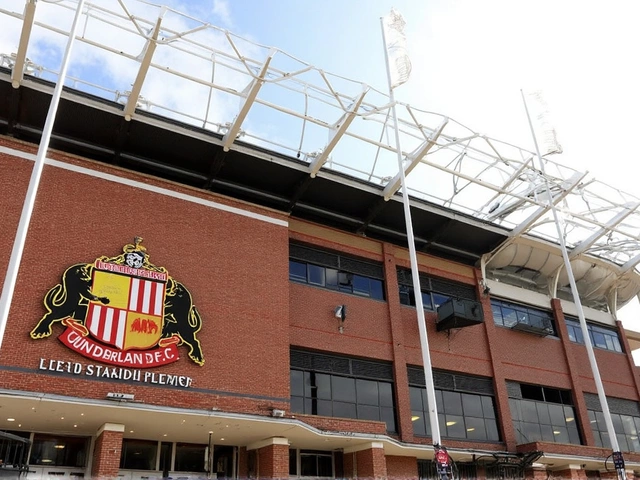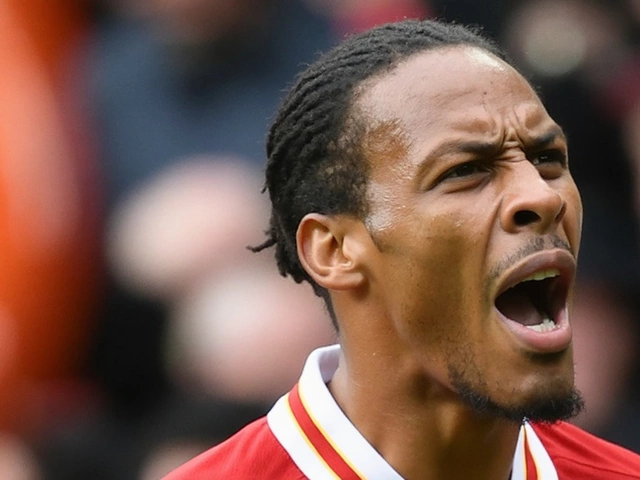Bold Filmmaking Returns, but Not Without Stumbles
Back in the director’s chair for the first time in years, Danny Boyle teams up again with writer Alex Garland to revisit the infected-ravaged world of 28 Years Later. It's been nearly three decades since the rage virus first gripped audiences. This time, Boyle and Garland don’t just aim for zombie shivers—they want to dig deeper. Emotional turmoil, family bonds, and the heavy shadow of mortality all collide with the series’ trademark chaos, introducing new faces and unexpected perspectives in a world forever scarred by loss.
The main story hinges on Spike, played by newcomer Alfie Williams, as he journeys across the battered landscape with his mother. Their story brings a beating human heart to the genre’s usual run-and-hide thrills. Boyle keeps his camera close—sometimes literally, as much of the film is shot on consumer-grade iPhones, giving scenes a raw, unfiltered look. The effect is kinetic and immersive, throwing the audience into desperate chases and sudden moments of violence. Anthony Dod Mantle’s work behind the camera takes real risks, experimenting with frame rates and surprising visual angles to keep viewers uneasy and off-balance. Some of this inventive style hits the mark, but a few editing choices, like prolonged cuts of mayhem or rapid-fire scene changes, threaten to pull the viewer out of the story rather than draw them in.
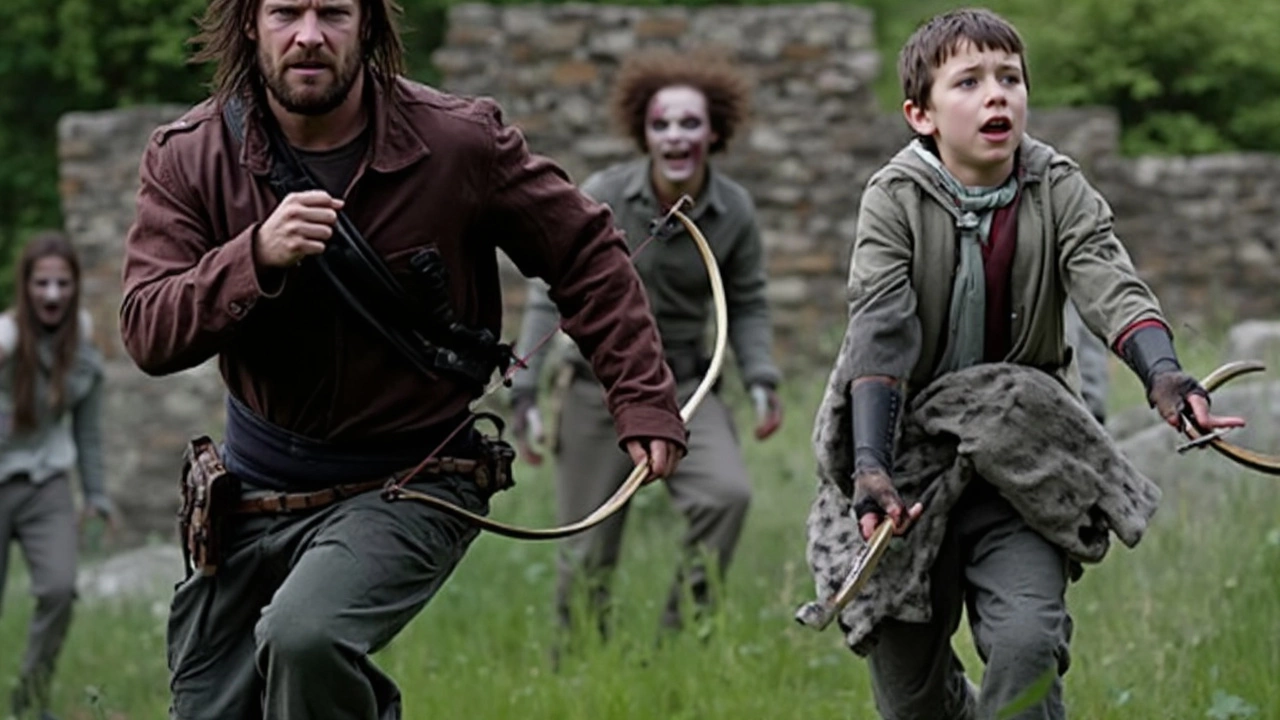
Highs, Lows, and a Polarizing Third Act
If the explosions and panic supply the adrenaline, the quieter moments dig at something more painful. Ralph Fiennes steps in as a haunted doctor, Kelson, wrestling with big existential questions as the world around him continues to rot. His late introduction comes with its own risks, tightening the film’s focus onto a man who operates in shades of gray just as the larger story could have widened. Kelson’s presence brings a welcome emotional respite and philosophical weight, but also shifts the film’s momentum in a way that leaves some side threads abandoned or underdeveloped.
The supporting cast doesn’t slouch. Aaron Taylor-Johnson and Jodie Comer appear as survivors shaped by years of brutality, each adding muscle and nuance in a world stripped bare of comfort. Williams grounds the chaos as Spike, his vulnerability pulling viewers through moments that range from grief-soaked sorrow to pure terror. And yet, critics keep circling back to how the film struggles with its identity. Brutal set pieces sometimes swamp the intimacy built around these characters, leading to a jarring see-saw between genre horror and emotional family drama. This clash grows even sharper in the film’s final stretch, where the scope seems to shrink as the action turns inward, putting Kelson front and center and leaving other social or cultural themes on the back burner.
Even with its uneven execution, there’s no denying the ambition at work. The message about resilience, both personal and cultural, pulses beneath the blood and chaos. Boyle’s frantic energy and Garland’s focus on what makes people tick spark moments of real magic—but as fans and critics agree, the film’s power lies in flashes, not a lasting glow. For those who loved the original, 28 Years Later gives plenty to argue—and wonder—about, even if it doesn’t quite stick the landing.
